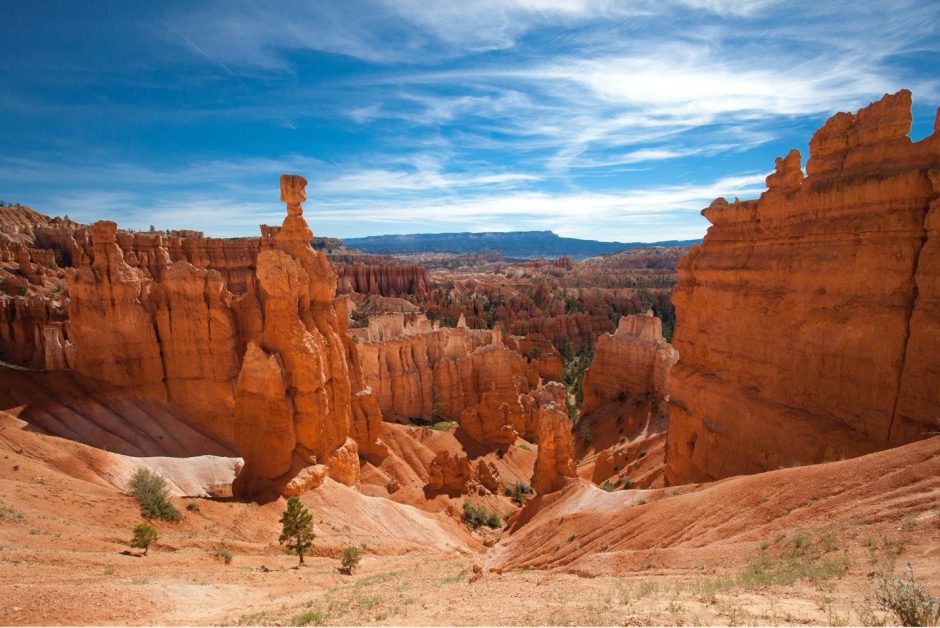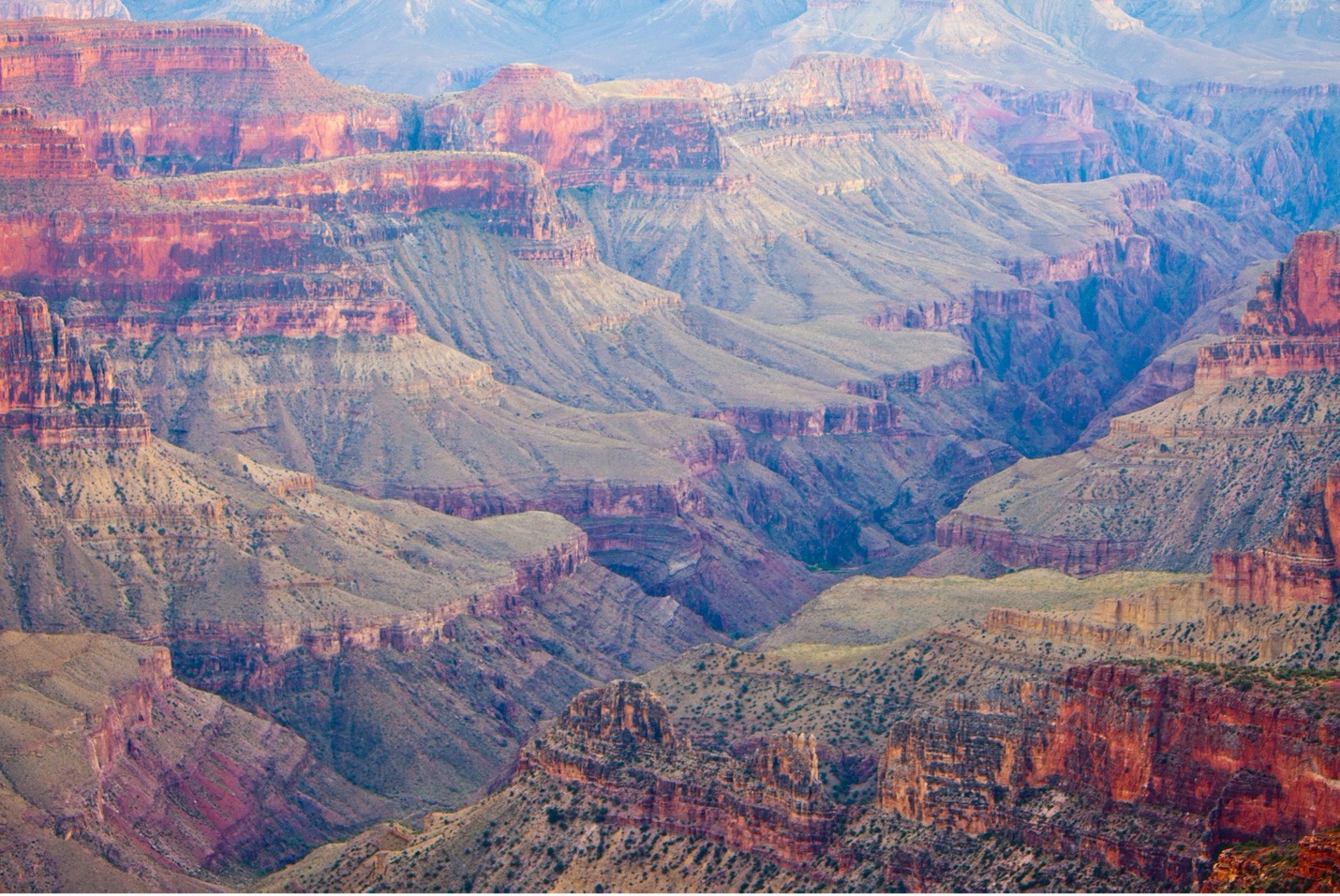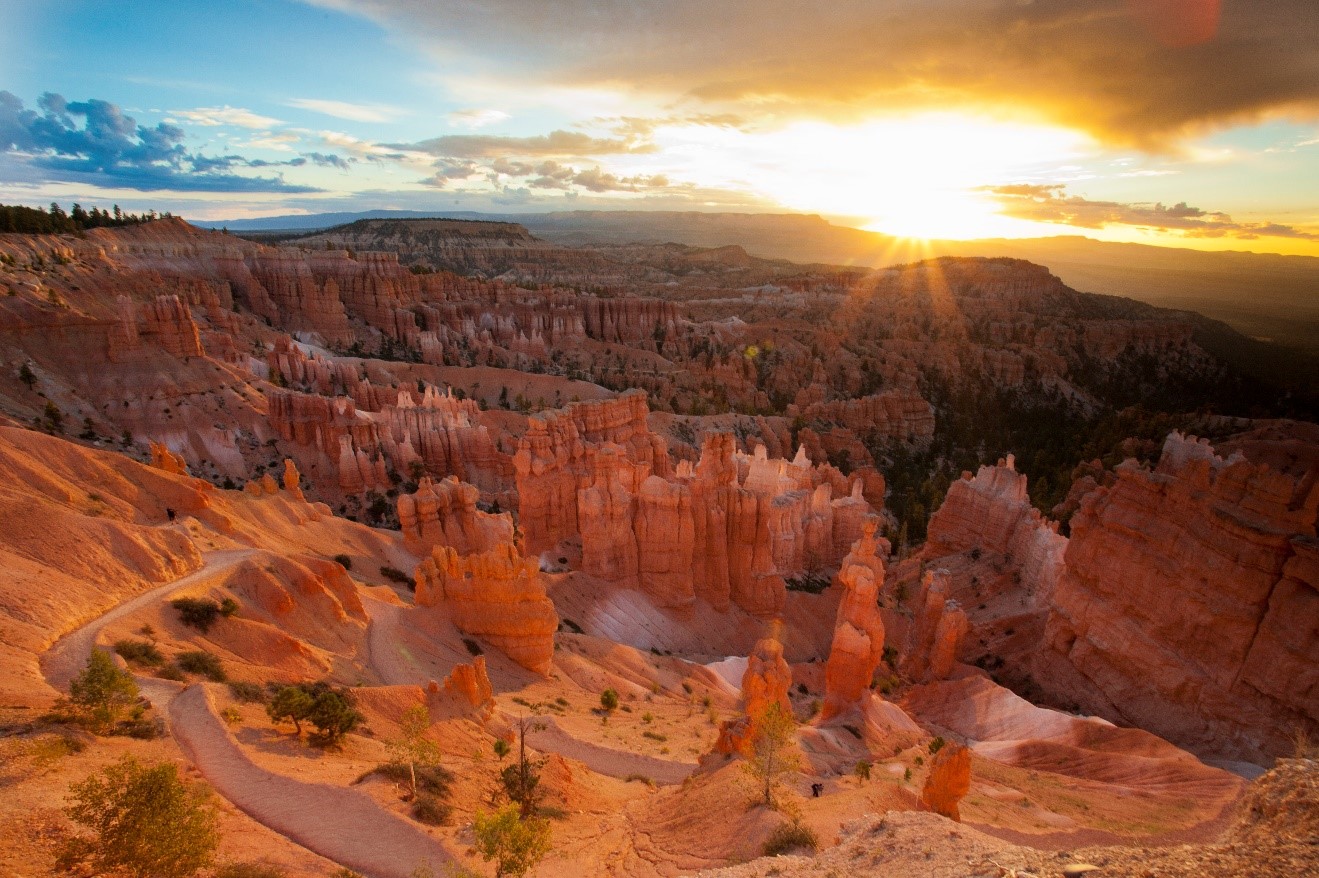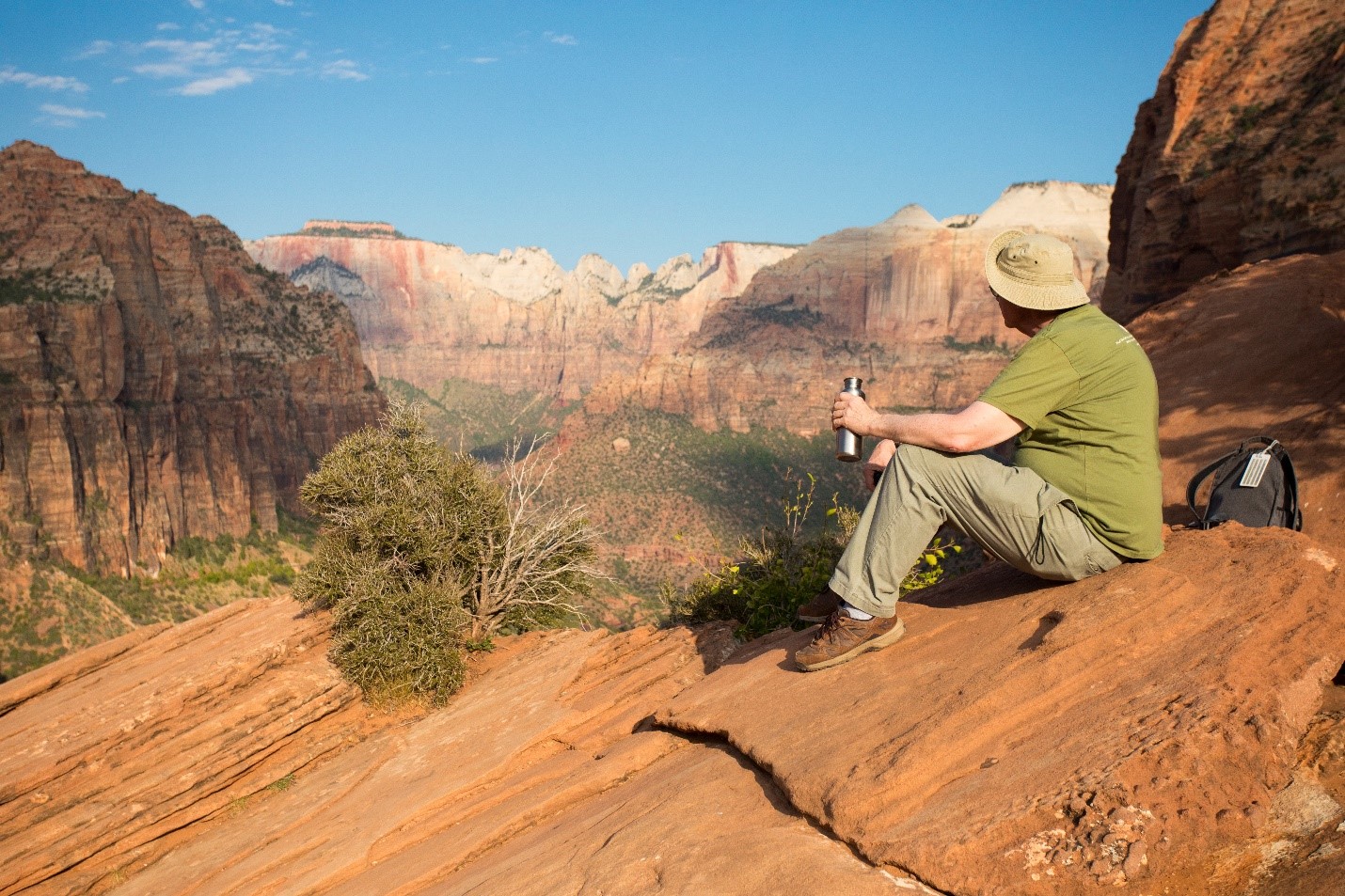
What’s in my Camera Bag: Canyons of the American Southwest
There is perhaps no better place in the world to combine the stunning beauty of “desert” photography with a wild diversity of photo opportunities. The word desert doesn’t even come close to portraying the colors, textures, and variety of the largest concentration of US National Parks in the country found in Utah and Arizona.
It’s one of my favorite places on the planet, and I want to make sure you have all the right gear to get the best and most photos possibly in this candy shop of nature photography.
Please note, photographic styles vary, as do conditions on the ground. While this is meant to be a guide for choosing your camera gear, you should consider your own photographic interests first and foremost.
Wide Angle Choices
One of the most useful and versatile lenses for photography in the American Southwest is going to be a wide angle zoom. However, what range is best? Should you consider an ultra-wide angle lens, or is just a “kit lens” ok?
To me the most important lens to take with you is a general, somewhat multi-purpose wide-angle zoom, which for full frame cameras is around 24-105mm, and for crop frame cameras is around 18-55mm.
These lenses are wide enough for the majority of your landscape photography scenes, whether it’s sunrise photography at the rim of Bryce Canyon National Park, or narrow slot canyon photography in Zion National Park. And the zoom they provide allow you to crop your photo for in-camera composition.

But I’d be remiss if I didn’t also tout the advantages of bringing an ultra-wide angle lens, too. Here we’re talking about your 16-35mm (full frame) and 10-22mm (crop frame) lenses.
While these also cover a bit of the “general” range I mention above, these also have the remarkable ability to get extremely wide angle shots, giving you an extra ability for unique shots at the edges of canyons and in tighter places.
For the remainder of your landscape photos, I use the next type of lens—a zoom telephoto.
Zoom Telephoto for Landscape Photography
A zoom telephoto, like the ones you may be used to for wildlife photography, is extremely helpful for photographing big landscapes.
One of the lessons I often impart at the beginning of any photography tour of the Canyons of the American Southwest is to break large landscapes into smaller components to deal with high contrast or simply to avoid overwhelming the viewer. When a canyon like the Grand Canyon is 11 miles across at many points, it’s easy to look at it and want to capture the whole thing, but we’re often left with the features being just too small to really “wow” the audience.

As a result, lenses like your trusty 70-200mm, 70-300mm, and even your 100-400mm have a special place in my camera bag for trips like this, as I use them often. These also help with a technique known as Zoom Compression, which can ascend your photography to the next level when getting creative with big landscapes.
And it goes without saying that having a telephoto along covers you when you inevitably encounter wildlife in these wild canyons. Whether it’s a smaller animal like a ground squirrel or something larger like a California Condor or Desert Bighorn Sheep, these moderate telephotos have many purposes and should be by your side on each hike or vehicle excursion.
Do You need a Super Telephoto?
Super telephotos are breaking onto the scene in all sorts of ways. They are becoming more affordable and more versatile while giving you the reach of a 200-500mm and even 150-600mm in relatively compact packages (well, compact compared to their larger, prime alternatives).
While it’s hard to ever have “enough” zoom in nature photography, these usually don’t make it into my camera bag unless they fill the purpose of the above-mentioned general zoom telephoto. That is, if you don’t have a 70-300mm but instead have a 200-500mm, sure, go ahead and pack that in place.
These larger lenses can be just the thing you need for far away wildlife (like a distant, soaring condor) but are often a bit too bulky to stay with you for every hike when you just need 200 or 300mm for a landscape photo.
X-Factor Lens
For nearly every trip I take, I consider bringing an X-Factor lens, as I call them. These are lenses you don’t necessarily “need” but sometimes can produce the photo of the trip, even if only used once or twice.
For photographing the American Southwest, I have a few different options for lenses that aren’t critical, but could be super fun.
The top contenders would be a macro, a nifty fifty, and an ultra-wide angle.
Since the ultra-wide angle is actually part of my main kit, I treat it as a bit more valuable than an X-Factor lens. Although I do often tout it as a great x-factor astrophotography lens for the dark desert skies.

Because of all the neat desert flowers (that amazingly bloom nearly year-round) colorful butterflies and other insects, as well as generally fascinating rocks, I’m going with a macro lens.
Although I usually pair a macro lens with a macro flash for maximum efficacy, in this case, due to the oftentimes nice, bright lighting, and need to still stay somewhat efficient in my packing, I’m going to leave the flash at home.
(however, if you love macro photography, a small ringl ight can do wonders for elevating your macro photography)

Tripod and Other Accessories
Believe it or not, I’m not usually an advocate for tripods when hand holding will suffice. For lots of wildlife photography, I feel a tripod can limit your ability to pivot and be flexible in where and how you’re shooting.
But, there are certain times when a tripod is really, really great to have. For landscape, lowlight, and canyon photography, a tripod is wonderful. Particularly for sunrise and sunset photography, which is in my mind a big part of the game.
They’re not critical to have, but gosh they are nice—consider a tripod!

I get a lot of questions on whether one needs to have any filters for photography in the SW canyons. To me, there are really only three filters that have much use these days…a polarizer, a neutral density filter, and a graduated neutral density filter.
Polarizers are always nice to have and they can change lighting schemes in photos in subtle but unique ways. However, I find that I usually don’t want to take the time to unscrew my UV filter, add the polarizer, take a photo, clean off the lens, put the UV filter back on, and then hope it was all worth it.
Plus you can accomplish much of what polarizers do by toying with the individual color luminance sliders in lightroom or photoshop.

Graduated neutral density filters are a common sight amongst landscape photographers and they do a nice job in darkening the sky while keeping the terrain neutral—a lovely balance that works nicely at sunrise and sunset times. However, they are often clunky, expensive, and a technique that—believe it or not—tends to work better in photoshop these days.
However, neutral density filters do something very special that can’t be replicated in any post processing application. They can allow you to take long exposures during bright, daylight hours.
But why would you want to do this?
One reason—silky water effects. It’s a hallmark of captivating and compelling landscape photography, when you have that motion blur of moving water, while the rest of the scene remains still.
The deserts of the SW don’t have copious amounts of water, but there are some opportunities where you can practice at this skill and likely get great results quickly, especially in places like the Virgin River of Zion National Park.

So, grab your favorite camera bag, throw in an extra couple of batteries and plenty of memory and you are ready for an adventure!
Now you know the complete camera kit I bring with me on each and every adventure through the canyons of the American Southwest. If you are headed there yourself I wish you the very best! You are going to have the time of your life!
Happy 2022!

Court
Leave a reply